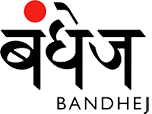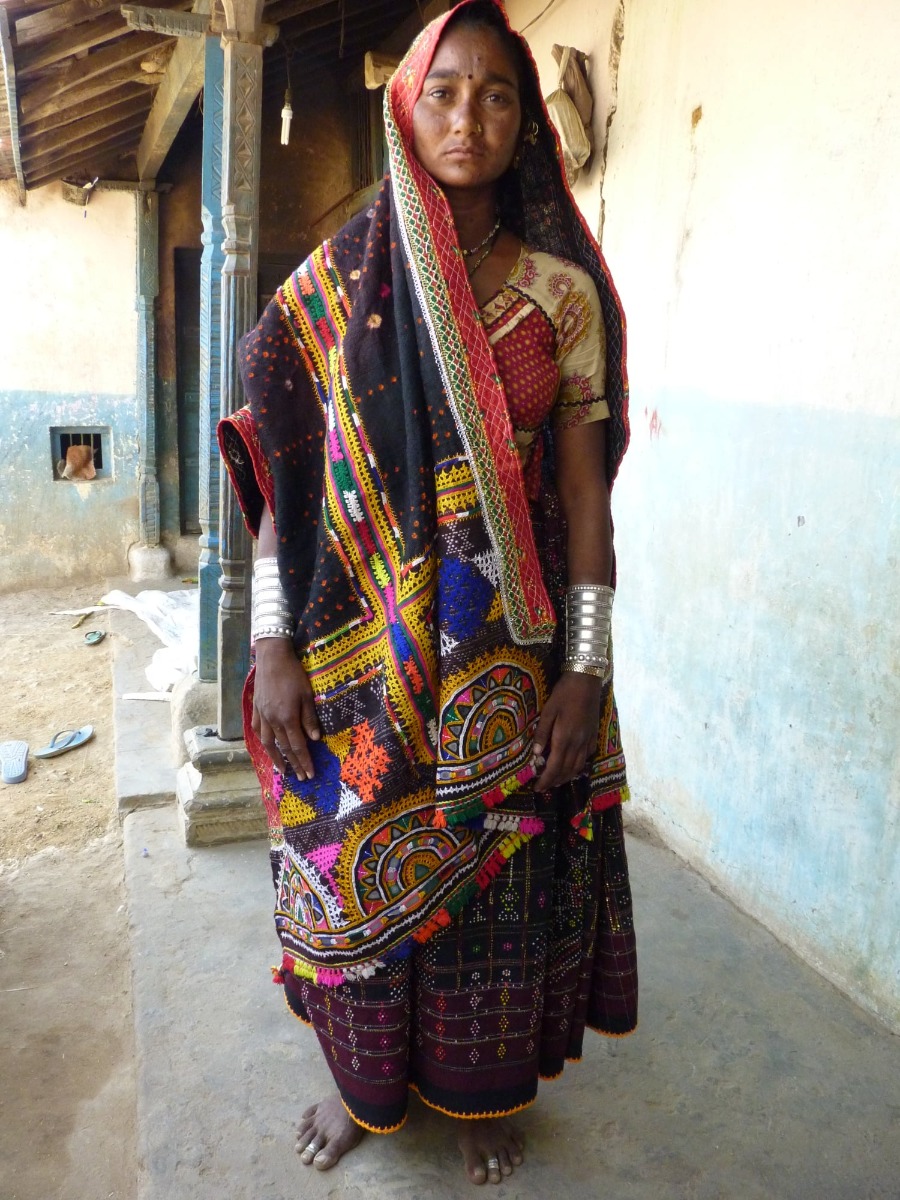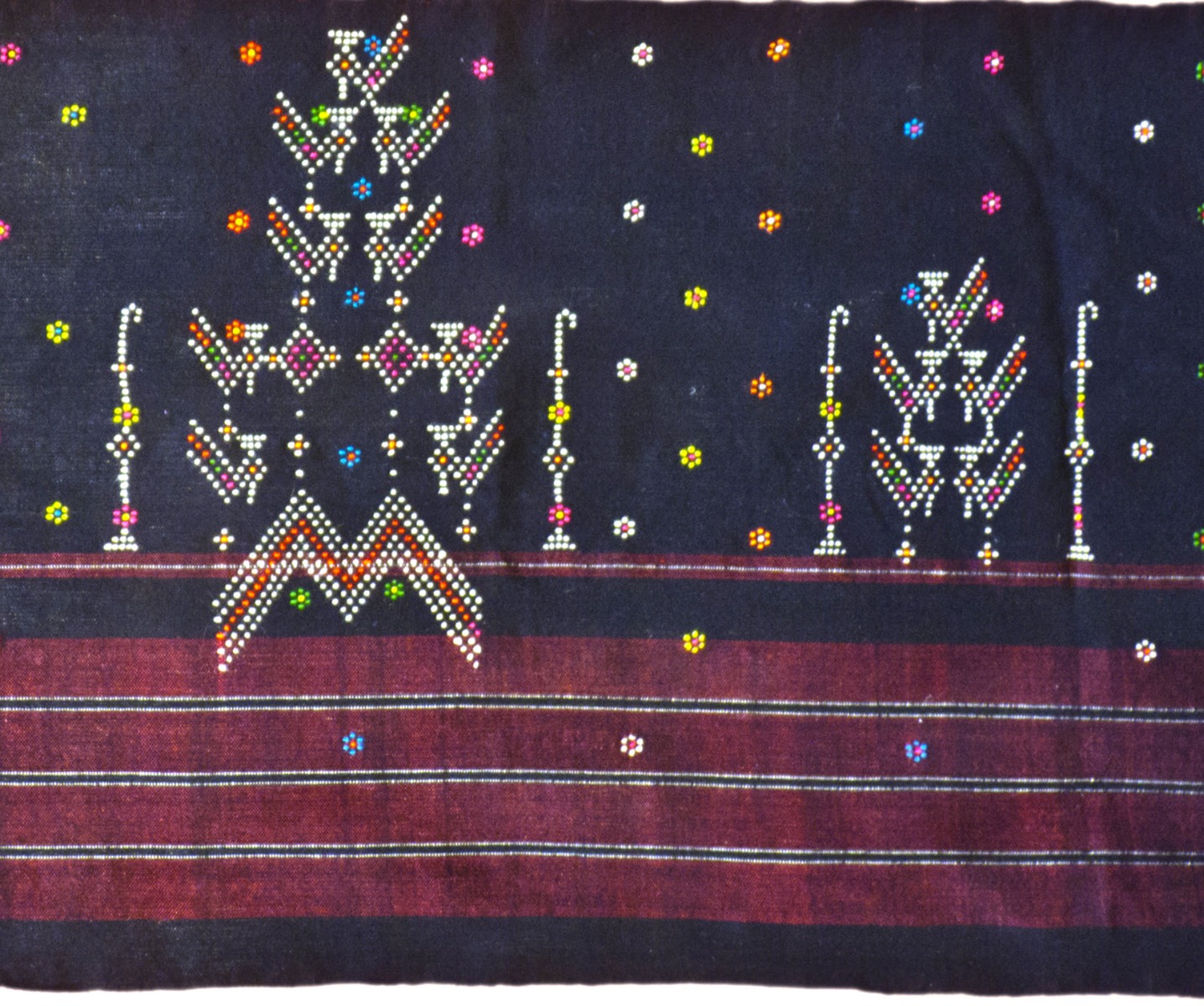
HANDCRAFTED, Sustainable Fashion

TANGALIA WEAVING
Tangalias are woven for the Bharwad community, by the weavers in Saurashtra and in Kutch at Dharnidhar village, in Rapar taluka. This very special weaving technique of creating a dot pattern is practised only in Gujarat.
The tangalias are woven on a pit loom, using natural black sheep’s wool as the warp. The red bands woven in the fabric are dyed in lac resin dye. Multi-coloured cotton wool is twisted in the warp threads to create the dot patterns. Velaru is the most elaborately patterned of the tangalia designs, specially woven for brides. The other designs are ramraj, dhusla, lobdi, gadia and charmalia. The older women wear skirts with minimal patterns.

The patterns are inspired from forms in nature around them. Peacock, ambo (mango tree) and khajuri (date palm) are the most commonly used motifs created in geometric patterns. Tangalia weaving requires patience, skill and is time consuming. To create the patterns with multiple dots, each dot is individually twisted on the warp and beaten into place. This is then secured with a running weft thread. The weaver creates the pattern as he goes along and does not follow a preconceived drawn pattern.
The complexity of the pattern depends on the weaver’s creativity. Today, Bharwad women can no longer afford these fabrics and the tangaliya wrapped skirts are now used only for weddings and special ceremonies.
 |
 |
This is an amazing technique, allows a lot of freedom is creating patterns. Any dot pattern created on a graph can easily be translated on fabric. A few designers are now working with tangalia weavers to create new surfaces. If there is regular work, this craft can be revived as there are few older artisans who can teach the next generation.










